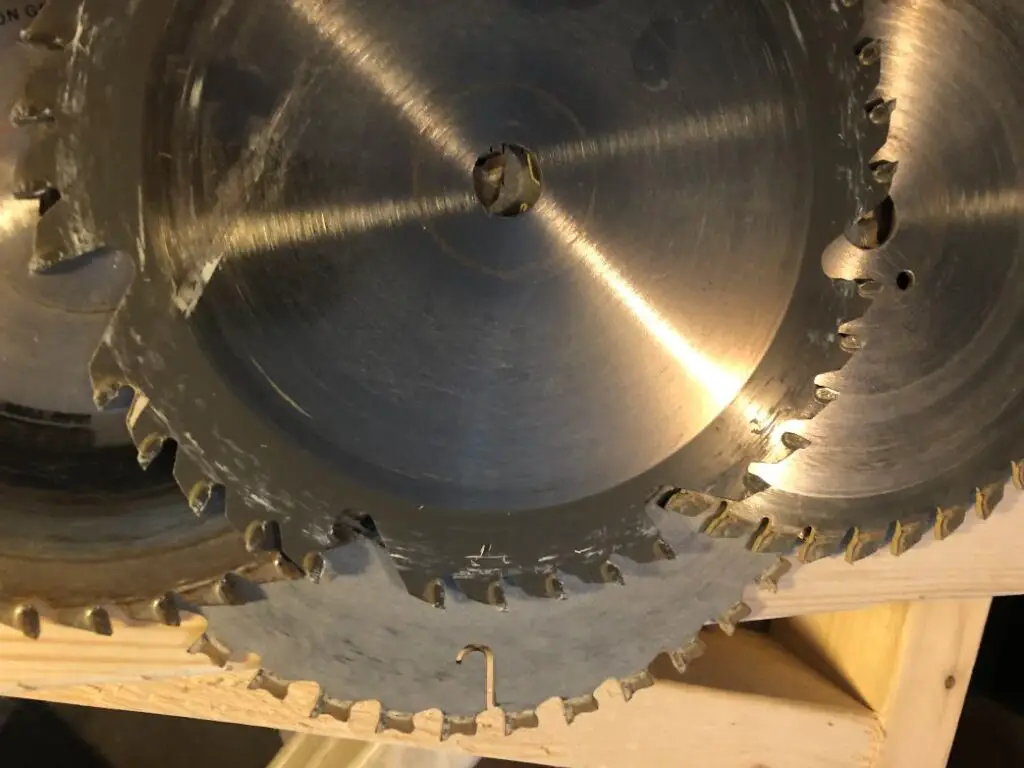When it comes to woodworking, having safe and proper storage is debatably one of the most important things you can focus on. By making sure your wood is maintained correctly, it’ll always be ready to use for construction, and you will lower the chances of facing any problems in the future.
You won’t only be protecting your wood by properly storing it, but you’ll be protecting everyone in the workplace from the materials that would have been strewn around otherwise. For those that are storing live edge slabs as well as milled boards, you may need to up your storage game.
The best way to store live edge slabs and boards is inside, in a temperature-controlled environment, where sunlight won’t hit the wood. Ensuring the wood is on a flat surface will also help prevent bowing.
Be careful when storing wood in garages as many homes do not have temperature controls in their garages, and temperature/ humidity swings can wreak havoc on your wood.
What is a Live Edge Slab?
A live edge slab is a piece of wood purposed for woodworking projects while still retaining its natural look and edges from where it was cut from the tree.
You can mainly find live edge slabs used to construct furniture such as tables, desks, and benches.
Why is it Important to Store Wood Properly?
Storing wood properly is essential for a variety of reasons. Whether the effect on the wood itself or the people around it is the concern, here are some reasons as to why you should properly store your wood:
- Improper storage can damage or warp the wood
- Loose wood can prove to be dangerous in the working environment
- It will save you money in the long run if you don’t damage your wood stock
How Do You Keep Live Edge Slabs from Warping?
When it comes to preventing warping, there are many things that you can do to protect your live edge slabs. (The best thing is that these all play into each other, so no matter what step you decide to take, you can easily follow up with others!)
Some precautions you can take to prevent warping are:
- Limit moisture content. Making sure the wood is unable to regain moisture lowers the chances of it warping or breaking.
- Consistent drying. Make sure that when you are drying your wood, it does not dry too slowly. Doing so will result in having the opposite effects — the same can be said here for over-drying your wood as well!
- Maintain a stable environment. Once the moisture has been drawn out and dried, keep the wood in a room temperature and dry climate. This way, there is little room for moisture or any other outside elements to invade the wood and cause damage.
How Do You Store Small Pieces of Wood?
When it comes to smaller pieces of wood, scraps, and even leftover lumber, you’ll want to give them proper storage as well. You never know when you need them for a project!
Some ways you can store your wood:
- Stand-up racks. A simple stand with designated sections to store the pieces of wood standing up or leaning is an excellent and efficient storage method.
- Shelves. Similar to the first method, you can also have the small pieces of wood stored on shelves!
- Spaced stacks. If you choose to either store the wood on shelves or laying down anywhere else, you will need to have placeholders in between each wood piece to ensure a proper and consistent environment is maintained.
By limiting the wood’s exposure to moisture while keeping it adequately aerated boards to use whenever you desire.
What is the Optimal Environment to Store Live Edge Slabs?
From many woodworkers, it can be agreed that the best way to have live edge slabs stored is by leaning them upright against a wall after they are flattened and sanded down. Keeping both ends exposed to the same level of air and moisture will prevent the slabs from warping.
However, too much humidity will result in the slabs morphing regardless.
If you don’t have enough room to lean them up against the wall, you can lay them down flat on shelves or racks. If you choose this storage method, you will need to place some placeholders between each slab. You do not want to stack them one on top of the other because you need to allow each side to retain the same level of air and moisture circulation.

